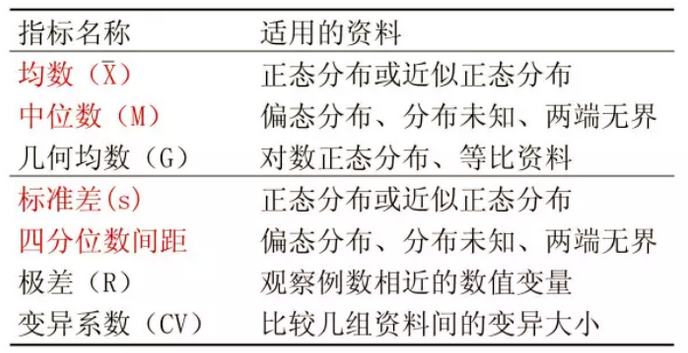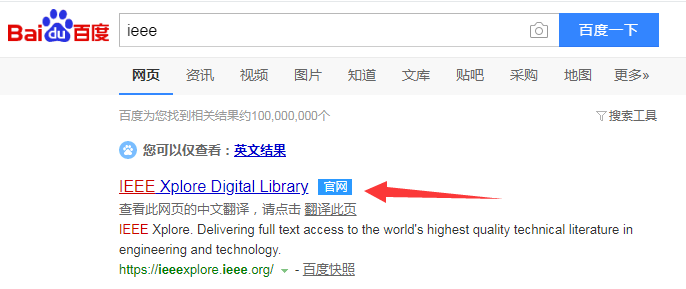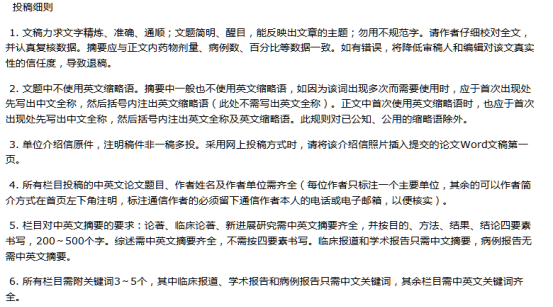SCI论文写作时的英文语言技巧
这篇文章是向大家介绍一下英文写作的语言技巧总结,主要介绍的在文章中如何引出自己的实验观点和成果:
1. 前言部分
1.1 如何指出当前研究的不足以及有目的地引导出自己的研究的重要性,要注意用词的委婉,
通常在叙述了前人成果之后,用However来引导不足,比如:
However, little information...
little attention has been devoted to…
little work...
little data / little research
or few studies / investigations / few attempts have been don on…
or none of these studies
has (have) been less
done on ... / focused on / attempted to
conducted / investigated / studied
(with respect to)
OR To the author's knowledge... There is little information available in literature about...
Until recently, there is some lack of knowledge about...
Previous research (studies, records) has (have)
failed to consider
ignored
misinterpreted
neglected to
overestimated, underestimated
misleaded
thus, these previous results are
inconclusive / misleading…
unsatisfactory / questionable /controversial..
Uncertainties (discrepancies) still exist ...
一定要注意绝对不能全面否定前人的成果,即使在你看来前人的结论完全不对。这是前人工作起码的尊重,英文叫做给别人的工作credits,所以文章不要出现非常negative的评价,比如Their results are wrong, very questionable, have no commonsense, etc.
可以婉转地提出:
Their studies may be more reasonable if they had considered this situation.
Their results could be better convinced if they ...
Or Their conclusion may remain some uncertainties.
1.2.之后引导出一种新方法,或者一种新方向。
如果研究的方法以及方向和前人一样,可以通过下面的方式强调自己工作的作用:
However, data is still scarce
rare
less accurate
there is still dearth of
We need to / aim to / have to
provide more documents / data / records / studies
increase the dataset
Further studies are still necessary... / essential...
为了强调自己研究的重要性,一般还要在However之前介绍自己研究问题的反方面,另一方面等等, 比如:
1)时间问题
如果你研究的问题时间上比较新,你就可以大量提及对时间较老的问题的研究及重要性,然后说(However),对时间尺度比较新的问题研究不足
2)物性及研究手段问题
如果你要应用一种新手段或者研究方向,你可以提出当前比较流行的方法以及物质性质,然后说对你所研究的方向和方法,研究甚少。
3)研究区域问题
首先总结相邻区域或者其它区域的研究,然后强调这一区域研究不足
4)不确定性
虽然前人对这一问题研究很多,但是目前有两种或者更多种的观点,这种uncertanties, ambiguities,值得进一步澄清
5)提出自己的假设来验证
如果自己的研究完全是新的,没有前人的工作进行对比,在这种情况下,你可以自信地说,根据提出的过程,存在这种可能的结果,本文就是要证实这种结果。
We aim to test the feasibility (reliability) of the ...
It is hoped that the question will be resolved (fall away) with our proposed method (approach).
1.3. 如何提出自己的观点
We aim to…
This paper reports on…
provides results..
extends the method…
focus on..
The purpose of this paper is to..
Furthermore, Moreover, In addition,, we will also discuss...
1.4. 圈定自己的研究范围
前言的另外一个作用就是告诉读者包括(reviewer)你的文章主要研究内容。如果处理不好,reviewer会提出严厉的建议,比如你没有考虑某种可能性,某种研究手段等等。为了减少这种争论,在前言的结尾你就要明确提出本文研究的范围:
1)时间尺度问题
如果你的问题涉及比较长的时序,你可以明确地提出本文只关心这一时间范围的问题。
We preliminarily focus on the older (younger)...
或者有两种时间尺度的问题 (long-term and short term),你可以说两者都重要,但是本文只涉及其中一种
2) 研究区域的问题
和时间问题一样,明确提出你只关心这一地区
1.5. 后的原场
在前言的后,还可以总结性地提出,这一研究对其它研究的帮助。
或者说,further studies on ... will be summarized in our next study (or elsewhere)
总之,其目的就是让读者把思路集中到你要讨论的问题上来。减少争论(arguments).
2. 怎样提出观点
在提出自己的观点时,采取什么样的策略很重要。不合适的句子通常会遭到reviewer的置疑。
1)如果观点不是这篇文章新提出的,通常要用
We confirm that...
2)对于自己很自信的观点,可用
We believe that...
3)在更通常的情况下,由数据推断出一定的结论,
用, Results indicate, infer, suggest, imply that...
4) 在及其特别的情况才可以用We put forward (discover, observe..) .. "for the first time".
来强调自己的创新。
5) 如果自己对所提出的观点不完全肯定,可用
We tentatively put forward (interpret this to..)
Or The results may be due to (caused by)/ attributed to / resulted from..
Or It seems that .. can account for (interpret) this..
要注意这些结构要合理搭配。如果通篇是类型1)和5),那这篇文章的意义就大打折扣。如果全是2),肯定会遭到置疑。所以要仔细分析自己成果的创新性以及可信度。
-
论文打印要求是什么,单面还是双面? 132315
-
ieee论文什么水平,含金量如何? 71493
-
医学检验期刊有哪些?论文发表难吗? 2019.11.15 17:25
-
医药卫生省级期刊发表的要求以及投稿渠道 2019.11.15 16:32
-
预防医学核心期刊发表的经验 2019.11.15 15:26
-
中国内镜杂志期刊发表的投稿要求 2019.11.15 14:32
-
 科研论文中的数据分类方法
科研论文中的数据分类方法 -
SCI论文中的常用语法句式
-
医学论文选题技巧分享
-
 如何利用Photoshop转换图片格式
如何利用Photoshop转换图片格式





